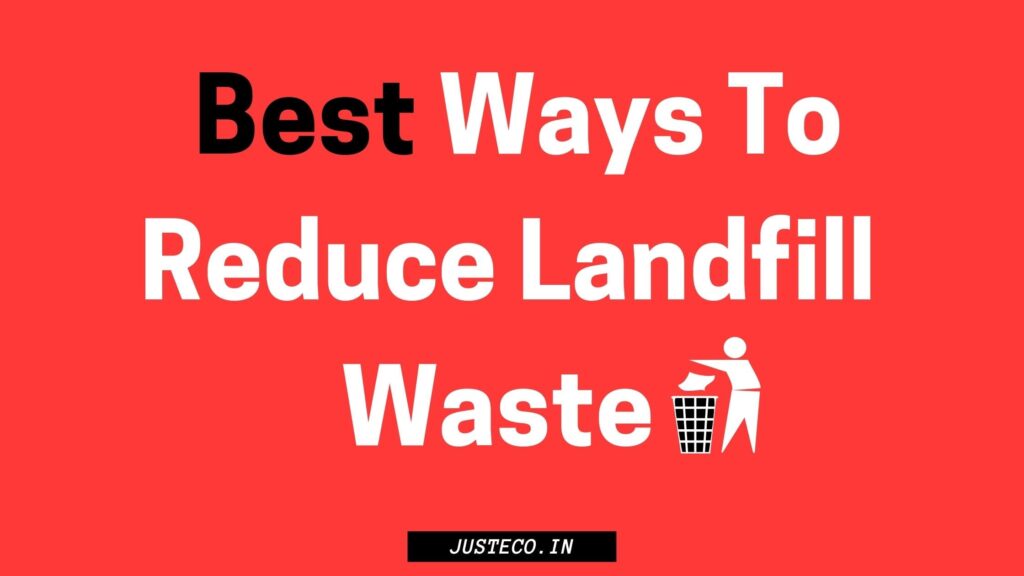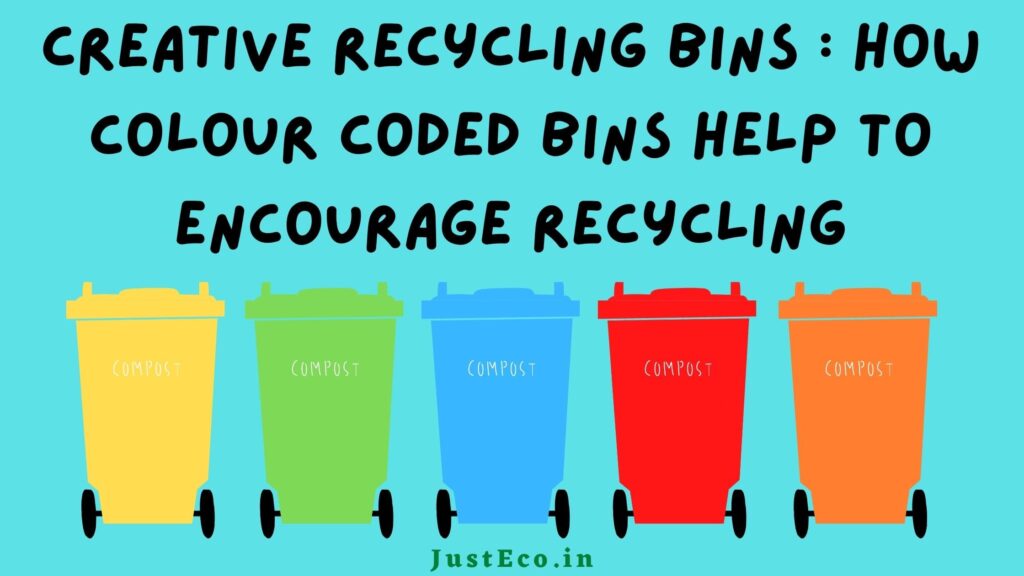Best Eco-Friendly Garbage Bags: Alternatives of Plastic Bags
Discarding your garbage away is an essential part of cleaning up the space. According to single-use plastics, whenever you throw your garbage in a proper black bag, you have a debt to the environment. Hence, have a look at some eco-friendly garbage bags and select among them that cause less harm to the environment. Several trash bags are there that include plastic and end up in landfills, and this might go unnoticed. Plastic trash bags take several years to decompose, causing a threat to the environment. Are environmentally friendly trash bags good for the environment? Of course, plastic garbage bags break down into microplastics that could harm the ocean and can become a threat to animals. Moreover, processing and manufacturing plastic garbage bags lead to greenhouse gas emissions leading to environmental damage. So, make sure to use plastic devoid of trash bags. To protect the environment and to lower the harmful effects of plastic, make use of nature-friendly trash bags such as biodegradable bags, compostable bags, recycled plastic bags, and reusable bags. Live a zero-waste lifestyle without any harmful impact. In this informative article, grab more information about nature-loving trash bags that would help you to make a stronger decision towards environmental protection. Alternatives of non-biodegradable trash bags Are you on the way to sustainable living? Are you thinking of what alternatives to use when you want to go eco-friendly? As with various zero waste practices, make use of materials you have, recycle whenever possible, and search for several non-biodegradable garbage bags. Here are some eco-friendly garbage bags alternatives that would lessen plastic trash bags consumption. Paper bags Paper trash bags are a great alternative for non-biodegradable trash bags. One of the best alternatives as it easily breaks down is reusable and recyclable. Moreover, it comes at an affordable price. Make use of leftover paper bags as trash bags and live a less harmful life. You can even use newspaper trash bags, as it is thin and can easily break down than any other paper bag. Plastic bags made from plastic waste Sometimes, you need a big garbage bag for a particular reason, and you don’t have any bag to upcycle. For that, hunt for garbage bags designed with other plastic waste. Reduce the effects of non-biodegradable waste with the help of this alternative. Reusable trash bags The reuse option is better than single-use products and it greatly eliminates plastic waste. Try reusable trash bags as they could be machine washed at home again and again. A best biodegradable trash bag that would occupy messy things too into a bin. Moreover, these trash bags are anti-bacterial, water-resistant, and easy to clean. It also doesn’t add much waste to landfills. DIY fabric trash bags Are you having sewing skills? If yes, then you can design your eco-friendly garbage bags properly. A very greener alternative to non-biodegradable trash bags. Reusing material that you have is one of the great options. This activity would give you a great feeling of making something of your own. Recyclable plastic bags Recycled plastic bags include recycled plastics, which are less toxic. This type of trash bag helps to lessen the pollution that arises with single-use plastic that ultimately ends up in landfills. But, before buying this type of garbage bag, make sure to consider the percentage of recycled content. The more recycled content, the better it is. Things to consider while buying eco-friendly trash bags Plastic bags are pretty durable, but are not biodegradable and lead to environmental pollution. Nowadays, there are various environmentally friendly alternatives to plastic garbage bags, such as biodegradable and compostable garbage bags. But, here are some things to consider while buying nature-loving trash bags. Correct materials Nature-loving garbage bags are designed with sustainable materials such as plants. Plant-oriented bags act as the best option when picking up compostable trash bags. Proper use of materials releases fewer greenhouse gases and doesn’t lead to landfill waste, and this makes it the greatest alternative. Leakage Do you want to make your surroundings clean? Make sure to purchase garbage bags with proper sealing properties. This would make your trash bag leakproof and properly contained. A trash bag without leakage acts as the best trash bag. Carrying capacity Ensure to purchase the trash bag with the right size as per your needs. Don’t waste your money on trash bags that lead into landfills. Lessen the carbon footprint and make your trash bag more productive. Benefits of eco-friendly trash bags There is not a single compromise in the quality of nature-loving bags, and its advantages are also various. Have a look at the various advantages of these incredible bags. Carbon emission reduction Biodegradable trash bags release fewer carbon emissions than plastic bags. The organic material of nature-loving bags lessens the rate of carbon emission. Makes the environment free from harmful chemicals. Reduction in waste Biodegradable trash bags break down with time, and that means there is a huge reduction in waste. It greatly saves the beauty of the planet by reducing waste. Decrease in pollution As biodegradable materials break down easily, they decompose naturally and are consumed by various other natural components. This awesome process reduces pollution and doesn’t even release toxic chemicals. Best eco-friendly garbage bags When it comes to selecting environmentally friendly trash bags, who knew there would be so many options. The most essential point for good trash bags is that it firmly holds up when filled, that it fits up the trash can, and doesn’t leave more waste into landfills. Here are the best biodegradable trash bags that are durable and sturdy. Stout Envision’s EcoSafe 6400 Enviro Guard Sandesh dustbin bags Beco compostable garbage bags Bio biodegradable compostable garbage bags Honest home company garbage bags Bility garbage bags Shalimar compostable garbage bags BioBinBag compostable garbage bags Conclusion Several other ways are available with which you can get rid of garbage. Encourage others also to adopt eco-friendly means and consider various environmentally friendly trash bags. The best trash bags to compost organic food
Best Eco-Friendly Garbage Bags: Alternatives of Plastic Bags Read More »








